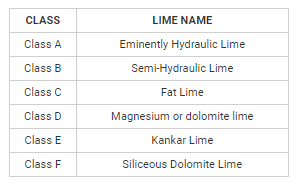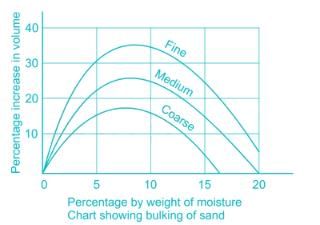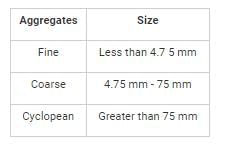Test: Building Materials- 1 - SSC JE MCQ
20 Questions MCQ Test - Test: Building Materials- 1
The maximum surface drying time (min) for class A type plastic emulsion paint as per the Indian standard is
The limiting value of water absorption (%) for a class 25 Brick as specified in the Indian Standard (IS 3495) is:
The phenomenon of internal cracking (separation of fibres) in timbers due to drying stresses is called as:
The ___________ timber which is resinous & catches fire easily.
The chemical reaction that occurs when cement is mixed with water is known as
Among the more common varieties of timber namely sal, mango and deodar,
1. Sal is strongest
2. Mango is least durable
3. Deodar is lightest
Of the statements:
The increased rate of strength gain of rapid hardening cement is achieved by:
Which of the following represent the crushing strength (MPa) for the good quality stone that are used in the construction of buildings?
Which of the following is determined with the help of Le Chatelier’s device?
The type of mortar which is used for the construction works carried out in water-logged area is ________.
With increase in moisture content, the bulking of sand
In a shape test of aggregate, which one the following gives the correct slot for flakiness index for a material passing 50 mm sieve and retained on 40 mm sieve?
An aggregate is known as cyclopean aggregate if its size is more than:
Which of the following rocks are formed under the influence of heat or pressure or both, from pre-existing rocks?
Based on the following rocks and minerals, select the correct statement.
Quartz, shale, basalt, granite, marble, gypsum, mica
Match List I with List II and select the correct answer in respect of brick earth by using the options given below the list:
List I
A. Silica
B. Alumina
C. Lime
D. Oxide of iron
List II
1. Provides plasticity
2. Provides bondage to clay particles
3. Provides hardness
4. Prevents shrinkage
Rapid Hardening cement should have surface area not less than (in mm2/gm × 102):



















